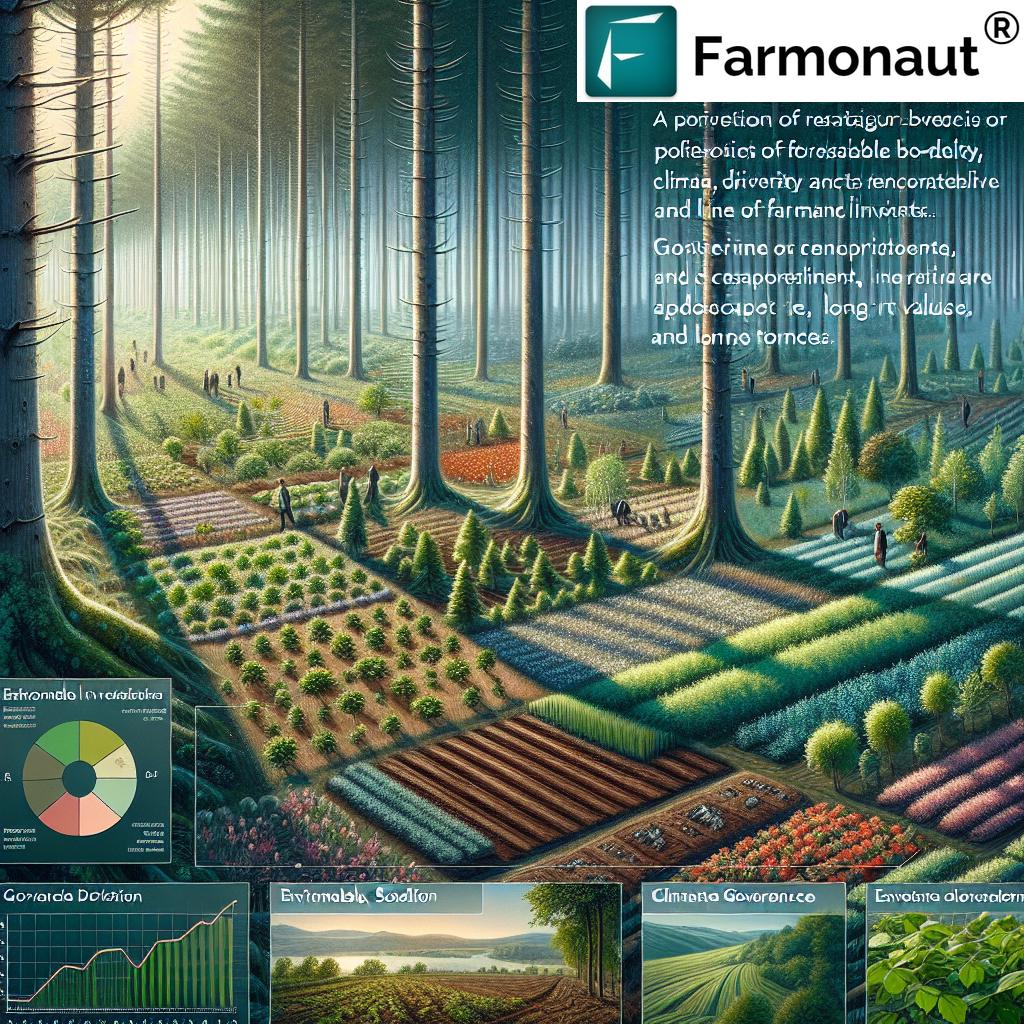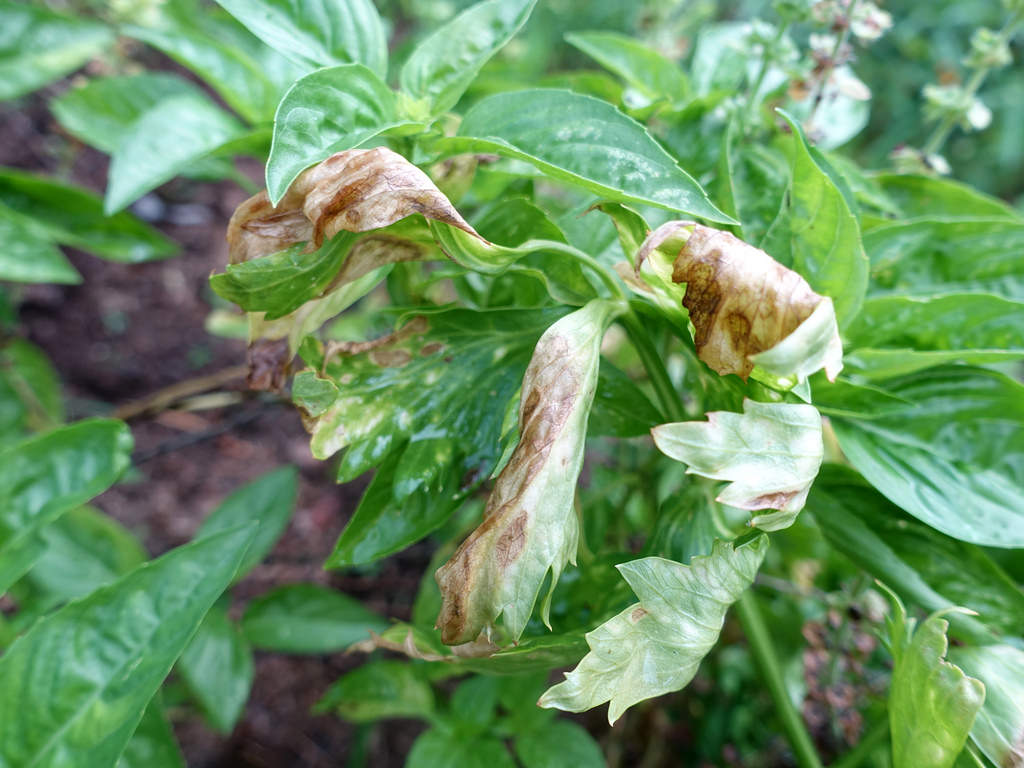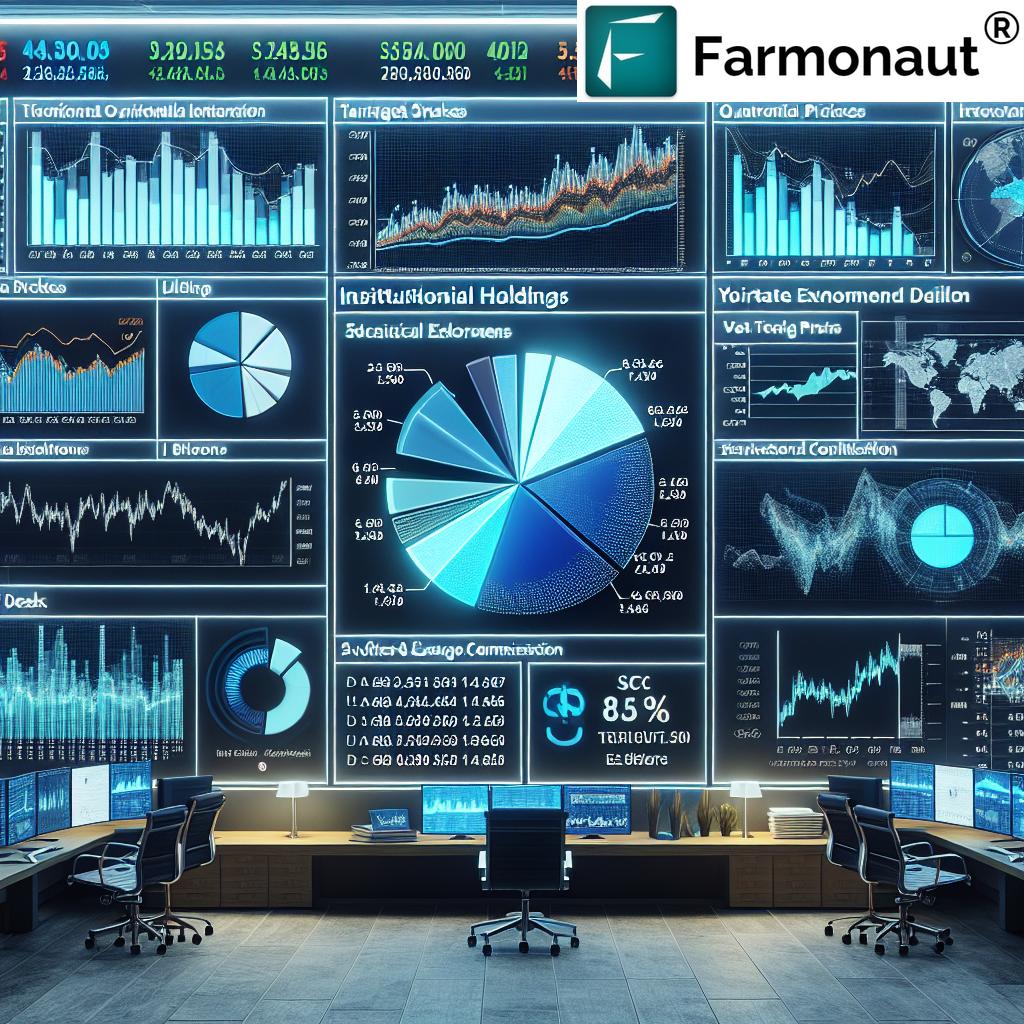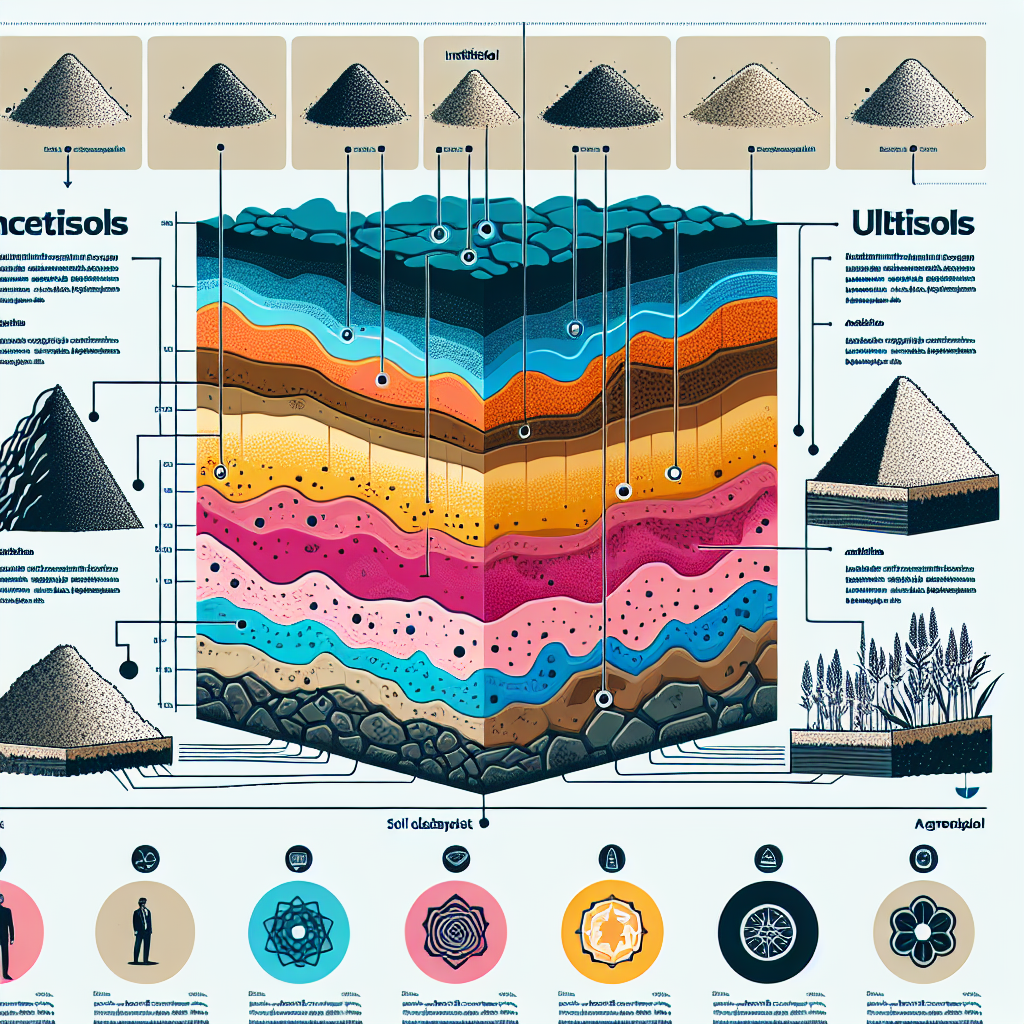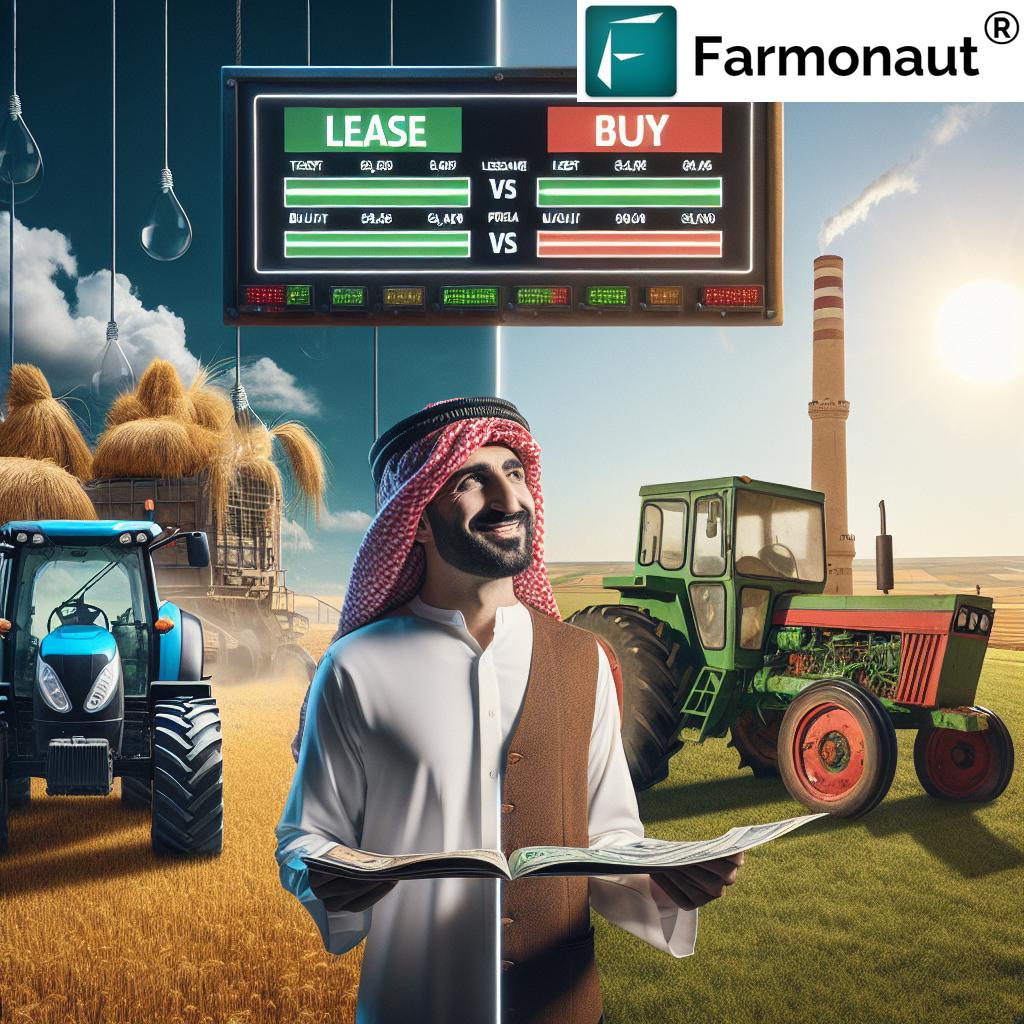Agricultural Investors: 7 Shocking Secrets for Huge Gains
“Over $30 billion was invested globally in sustainable agriculture in 2023, marking a 25% increase from the previous year.”
Table of Contents
- Introduction
- Understanding Agricultural Investors
- Motivations for Investing in Agriculture
- Agriculture Investment Strategies for Huge Gains
- Impact of Agricultural Investments
- 7 Shocking Secrets of Agricultural Investors
- Agricultural Investment Trends, Strategies, and Impacts (2024)
- Farmonaut: Catalyzing Agricultural Innovation & Returns
- Key Challenges & Risks for Agricultural Investors
- FAQs About Agricultural Investment
- Conclusion
Introduction: Why Agricultural Investors Matter Now More Than Ever
Agricultural investors occupy a pivotal role in shaping the future of agriculture, farming, and forestry on a global scale. As we grapple with economic, environmental, and food security challenges amid rapid climate change and market volatility, the need for forward-thinking investment in agricultural assets, technologies, and sustainable practices becomes paramount. At the crossroads of innovation, sustainability, and profit, today’s agricultural investment landscape offers extraordinary opportunities—and some shocking secrets—for those bold enough to dive in.
We are witnessing transformative growth in agricultural investment; sustainable farming, ESG criteria, and agri-tech are no longer optional—they are essential for climate resilience, economic progress, and global food security. In this comprehensive guide, we’ll reveal the trends, strategies, and, most importantly, the seven shocking secrets that drive massive gains for modern agricultural investors.
Understanding Agricultural Investors: Who Powers the Growth?
When we dive deep into the world of agricultural investors, we uncover a diverse ecosystem, each player with unique motivations and objectives that go far beyond simple profits. Broadly, the agricultural investing landscape includes:
- Individual Investors: Often seeking diversification, inflation hedging, and portfolio stability, individuals allocate personal capital to farmland, forestry, startups, and agribusiness operations.
- Institutional Investors: Pension funds, endowments, insurance companies, and sovereign wealth funds inject vast pools of capital into large-scale farmland, forestry, and agri-infrastructure projects.
- Private Equity Firms: These firms execute buyouts, restructures, or direct management strategies, commonly focusing on value-creation in underperforming agri-assets and tech-driven companies.
- Government-Backed Entities: National and regional institutions invest to drive rural development, food security, and climate resiliency—particularly through co-financing programs and large agri-infrastructure projects.
This multitude of players provides resilience and opportunity for both local and global economies, driving innovation across the farming and forestry asset classes. The integration of capital, technology, and sustainability creates a dynamic, fast-evolving sector ripe for both financial return and positive impact.
Major Motivations for Investing in Agriculture
What drives us—as agricultural investors—to allocate capital into this sector? In a world of fast-moving financial markets, agriculture stands out for several compelling reasons:
-
Diversification and Portfolio Stability:
- Agriculture offers a unique hedge against inflation, as food commodity prices and land values tend to move with, not against, rising inflation.
- Returns from farmland, agribusiness, and forestry are often uncorrelated with traditional asset classes, insulating portfolios from stock market volatility (see strategies).
- Long-term asset appreciation—especially from well-managed farmland and forestry—provides capital growth and operational income (rental or lease payments).
-
Sustainable Development and ESG Integration:
- Increasingly, investors seek to align with ESG (Environmental, Social, Governance) criteria in their agricultural investment strategy.
- Investing in sustainable farming practices, agroforestry projects, renewable energy, and resource-efficient systems not only opens fresh revenue streams but also mitigates environmental risks and regulatory challenges.
-
Supporting Food Security:
- Feeding a rapidly growing global population is a challenge necessitating capital infusion into efficient, sustainable food production.
- Investors recognize the vital role of funding technology adoption, capacity expansion, and improved supply chains in ensuring global food security.
-
Technological Advancements and Innovation:
- Modern agriculture is transforming at an unprecedented pace, with AI, satellite imagery, blockchain, and precision farming driving unrivaled efficiency gains.
- Venture and growth capital is rapidly flowing into agritech investment—enabling agricultural investors to capitalize on innovation while supporting efficiency and sustainability.
Agriculture Investment Strategies for Huge Gains
Let’s uncover the range of investment strategies deployed by top agricultural investors worldwide. Adapting a balanced, diversified approach tailored to emerging trends can provide both financial gains and positive sectoral impact.
1. Farmland Acquisition & Direct Management
-
One of the most common strategies is investing in farmland—either by purchasing land outright or through pooled investment vehicles.
- Investors can lease the land to local or commercial farmers, generating stable, long-term rental income.
- Land value appreciation is a major source of capital gains, particularly in regions with growing demand and limited supply.
- Direct management may involve optimizing operations using the latest in precision agriculture, technology, or conversion to organic/regenerative practices, unlocking higher returns.
2. Agri-Tech Investments & Technology Startups
-
Agri-tech investment has exploded in recent years. Investors are funding startups developing:
- Satellite-based crop health monitoring
- AI-powered advisory tools
- Blockchain supply chain traceability
- Precision irrigation and resource optimization
- Ag-tech companies not only promise high growth potential, but also have measurable impact on sustainability, risk management, and efficiency.
3. Agroforestry and Sustainable Timber Projects
-
Forestry investment opportunities are rapidly growing as investors seek exposure to natural assets that capture carbon and provide environmental resilience.
- Integration of trees with crops or livestock systems promotes biodiversity, soil health, and diversifies income streams.
- Timberland investments offer both operational returns and land appreciation.
4. Supply Chain Integration and Value Chain Expansion
- Investors are targeting agribusinesses involved in processing, storage, transport, and distribution—aiming to capture value beyond the farm gate.
- Efficient supply chains reduce waste, improve food accessibility, and often provide better margins than primary production alone.
5. ESG Initiatives & Sustainability-First Projects
- Investors aligning with ESG criteria prioritize projects that showcase
- Resource-efficient agricultural systems
- Community engagement and ethical labor
- Carbon footprint reduction
- Biodiversity conservation
Tip: To quantify the carbon‑saving impact of your agricultural investments, consider using Farmonaut’s advanced carbon footprinting tools, which leverage satellite analytics for accurate, real-time emissions data.
The Powerful Impact of Agricultural Investments
The impact of agricultural investments reverberates far beyond investor returns. When capital is allocated wisely, we collectively drive transformational changes in farming, forestry, and food systems:
1. Economic Growth & Rural Development
- Capital infusion sparks productivity improvements, job creation, and downstream economic activities in rural areas.
- Expanding processing, logistics, or storage infrastructure multiplies value across the agricultural sector.
2. Sustainability & Environmental Progress
- Investors committed to ESG and regenerative agriculture catalyze positive change—reducing emissions, conserving water, rejuvenating soils, and protecting biodiversity.
- Innovative companies (see farmonaut.com) enable monitoring and reporting of carbon footprint and resource use, enhancing transparency and governance.
3. Technological Integration & Innovation
- Strategic funding accelerates the adoption of advanced solutions—AI, IoT, drones, and satellite-based farm management—that improve efficiency, reduce risks, and bolster food production.
4. Shifting Land Use Dynamics
- Large-scale investments in farming and forestry reshape land use, local economies, and, sometimes, community structure.
- It’s crucial to balance scale with social responsibility and to avoid negative side-effects like community displacement or ecological harm.
“ESG-focused agricultural funds outperformed traditional ones by 12% in returns, reshaping investor strategies in 2023.”
7 Shocking Secrets for Huge Gains Every Agricultural Investor Must Know
-
Land Appreciation Often Trumps Operational Returns:
While yearly lease and crop profits can be solid, the real windfall often lies in long-term land value appreciation in strategic locations. Geographic targeting, future infrastructure, and local climate trends play an outsized role in potential gains. -
Tech-Enabled Farms Yield Superior Risk‑Adjusted Returns:
The adoption of data-driven platforms (for example, Farmonaut’s Large-Scale Farm Management solutions) supercharges productivity and reduces risk, outpacing conventional farms in both yield and cost savings. -
Sustainability is No Longer Optional:
Investors prioritizing sustainable agriculture investment, ESG, and regenerative practices consistently outperform in medium- and long-term returns—due in part to regulatory support, consumer demand, and climate resilience. -
AgriTech Startups Offer Accelerated Growth—but Choose Carefully:
While startup success can yield outsized rewards, rigorous diligence, technology validation, and product-market fit are essential. Satellite monitoring or AI-driven advisory tools reduce uncertainty for both investors and farmers. -
Integration Across the Value Chain Multiplies Profits:
Capturing value at multiple supply chain stages—production, processing, storage, logistics—enables investors to weather market volatility and command higher margins. Tools like Farmonaut’s Fleet & Resource Management streamline logistics, lowering overall costs and boosting operational scalability. -
Advanced Traceability Unlocks Premium Markets:
Blockchain-based traceability is key for premium and export markets. Farmonaut’s Product Traceability solution ensures transparency from field to shelf, attracting quality-oriented buyers and financial partners. -
Access to Capital Is Increasing—If You Have Data:
Satellite-based verification for crop loans and insurance is revolutionizing access to agricultural capital. Lenders favor transparent, data-driven investors and operations, reducing loan processing times and insurance premiums.
Agricultural Investment Trends, Strategies, and Impacts (2024)
| Investment Area | Estimated Growth Rate (2024, %) | Example Investment Strategies | Potential Impact | Relevance to Global Food Security |
|---|---|---|---|---|
| Precision Farming | 14.8% | Satellite-based crop monitoring, AI advisory, smart sensors integration | Yield ↑15-25%, Input cost ↓12-20% | Boosts food production and climate resilience |
| Sustainable Forestry | 10.3% | Agroforestry, regenerative timber management, biodiversity credits | Carbon sequestration up to 6t/ha/yr, Biodiversity ↑ | Reduces climate risk, enhances ecosystem services |
| AgTech Startups | 23.2% | AI, blockchain, digital advisory, supply chain traceability | Efficiency ↑, Transparency ↑, Market access ↑ | Enables scaling of sustainable food systems |
| ESG Initiatives | 19.6% | Carbon credit generation, water conservation, green certifications | Emissions ↓20%, Value chain resilience ↑ | Fosters responsible, sustainable supply chains |
| Food Supply Chain Integration | 9.1% | Cold storage, processing, logistics optimization, digital trading | Post-harvest loss ↓15%, Food quality ↑ | Reduces waste, enhances food accessibility |
Farmonaut: Catalyzing Agricultural Innovation & Returns
As the stakes in agricultural investment rise, leveraging the right technology is essential. At Farmonaut, we combine satellite imagery, AI, and blockchain to transform farm and resource management for investors, growers, and agribusinesses.
-
Satellite Crop Monitoring:
Our platform delivers real-time crop health insights (NDVI, EVI, soil moisture), helping users optimize irrigation, fertilizer, and pest control—maximizing yields across every hectare of farmland. -
AI & Jeevn Advisory:
Farmonaut’s Jeevn AI provides personalized, up-to-the-minute advice for farm operations—driving both efficiency and profitability. -
Blockchain Traceability:
From farm to consumer, our Blockchain Traceability Solution empowers investors and corporate buyers with full transparency, quality assurance, and compliance for export markets. -
Carbon Footprinting:
Quantify and reduce the environmental impact of agricultural projects using sophisticated, satellite-based carbon footprint tools. -
Fleet & Resource Management:
Optimize logistics, reduce costs, and increase operational safety with Fleet Management—ideal for expanding agribusinesses.
Our technology is available via Android, iOS, web/browser applications, and easy-to-integrate APIs (explore our API developer documentation).
If you’re looking for scalable, affordable farm management at any level, from smallholder to enterprise, we invite you to try Farmonaut’s platform. Our mission: To democratize precision agriculture and help all stakeholders achieve higher productivity, sustainability, and ROI—globally.
Ready to unlock the power of satellite data and AI for your land? Start here!
For plantation management and forest crop advisory, check out our Crop Plantation Forest Advisory solutions—boosting both productivity and resilience in various climates.
Key Challenges & Risks for Agricultural Investors
Even with all the upside, agricultural investors face hurdles that require smart analysis and adaptation:
Complex Regulatory and Land Tenure Environments
- Local and international zoning, land rights, and environmental regulations can delay or derail deals, especially in emerging markets.
- Due diligence is vital: Understand land titles, water rights, and community consent before investing.
Environmental and Climate Risks
- Climate change amplifies uncertainty, from droughts and floods to shifting pest and disease pressures.
- Mitigation: Invest in resilient crops, insurance, and technology-driven risk assessment tools (see Farmonaut’s carbon/environmental monitoring).
Market Volatility and Commodity Price Fluctuation
- World trade dynamics, supply chain bottlenecks, and geopolitical shifts bring price swings in key agricultural commodities (corn, soy, wheat, etc.).
- Portfolio diversification, forward contracts, and multi-country exposure can help insulate returns.
Community and Social Impacts
- Large-scale agriculture investments may alter land use, impact local communities, or raise ethical concerns (e.g., displacement, labor conditions).
- Prioritize projects with clear community engagement, equitable benefit-sharing, and transparent governance.
To mitigate these challenges, leverage real-time analytics, comprehensive due diligence, and ESG-aligned strategies—all central to Farmonaut’s mission.
FAQs About Agricultural Investment
Q1: Why should investors include agriculture in their portfolio?
A: Agriculture provides inflation-hedging, diversification, tangible asset stability, and is supported by rising global food demand. With the adoption of technology and sustainable practices, agriculture delivers competitive, resilient returns while supporting positive social and environmental outcomes.
Q2: How are new technologies changing agricultural investment?
A: Satellite imagery, AI, blockchain, and sensor networks enable precise farm management, real-time supply chain tracking, and improved yield forecasting. This reduces risks, enhances returns, and opens new opportunities for sustainability-focused investors and agribusinesses.
Q3: What is ESG in agricultural investing?
A: ESG stands for Environmental, Social, and Governance. ESG-focused agriculture investment means prioritizing projects and companies with positive outcomes for climate (carbon reduction, water conservation), social inclusion (community development), and ethical management—which often delivers higher, more stable long-term returns.
Q4: How does Farmonaut support investors and agribusinesses?
A: Farmonaut provides a comprehensive suite of tools—satellite-based monitoring, AI advisory, resource management, traceability, and carbon tracking—empowering investors and agribusiness owners to maximize productivity, reduce costs, and measure sustainability impact, all via easy-to-use apps or API integration.
Q5: What’s the future outlook for agriculture and forestry investment?
A: Driven by technology adoption, consumer demand for sustainable products, climate-smart practices, and strong global food demand, both sectors offer robust potential. Investors focusing on data, innovation, and ESG will be best positioned for future gains.
Conclusion: Partnering with the Future of Agriculture Investment
As we reflect on the remarkable evolution of agricultural investment, one point is clear: our choices as investors, technologists, and stewards of the land will define not only our returns, but also the health, stability, and sustainability of food systems worldwide. By integrating advanced technology, sustainable agriculture investment strategies, diversified asset classes, and a clear commitment to community and environmental impact, we can unlock enormous opportunities for financial gain and lasting positive change.
The secrets to huge returns in the agricultural sector lie in our ability to anticipate trends, embrace sustainable and regenerative solutions, and deploy capital with both insight and integrity. Adopting tech-forward strategies—via platforms like Farmonaut—and aligning with ESG criteria aren’t just good for business; they’re essential for food security, climate resilience, and economic vitality.
If you’re ready to take your farmland or forestry investment to the next level, integrate cutting-edge monitoring, AI, and blockchain tools—and join a growing network of agricultural investors leading the way. The future is brighter, more connected, and more sustainable than ever.






